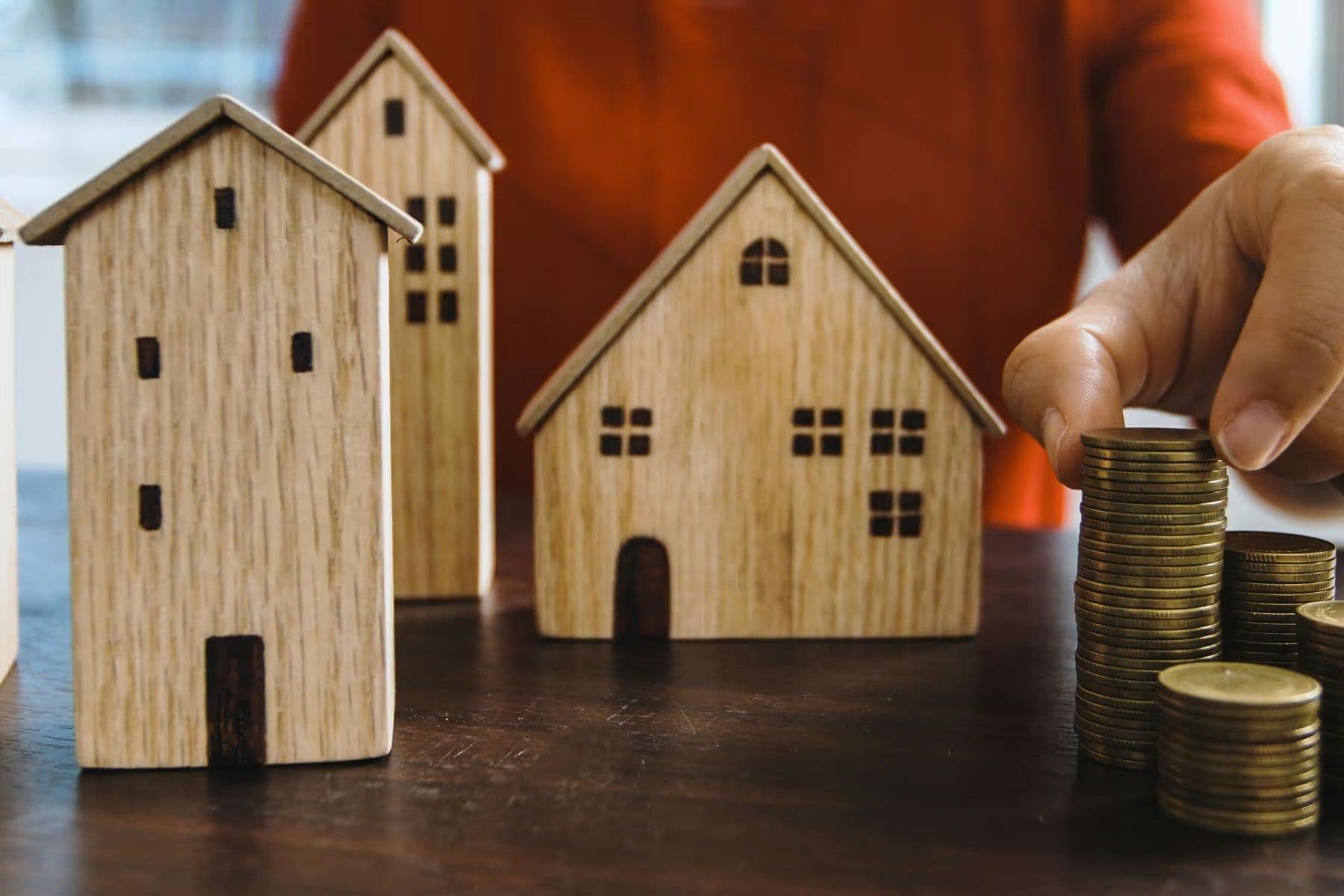10 factors that influence the price of real estate
Are you choosing your dream home and are you struck by the different prices of seemingly similar properties? You may be surprised by what can affect the value of an apartment or house. The attractiveness of a location is just one of many factors. And it pays to be aware of them - both when you're buying and when you're selling and need a price estimate. So what determines how much you'll get your new home for?
Table of Contents
1. Economic Situation
The real estate market is somewhat of a living organism and reacts very quickly to the current economic situation and outlook. Have interest rates risen? Probably demand will drop and prices may fall slightly - just as they might in a worse economy. After all, we saw this in 2008, or rather a year later, when the global economic crisis hit the Czech real estate market and property prices fell even in double digits. This is an extreme, but it illustrates well how sensitive the market is.
2. Supply and demand
Real estate prices are simply determined by the basic relationship between supply and demand. The equation is clear - more buyers, higher price. When there is a surplus, prices fall and properties come to the attention of investors. Specific types of houses, and especially apartments in interesting locations that are suitable for renting, are disappearing from the supply extremely quickly - real estate is still one of the most popular investments in the long term.
3. Construction costs
Changes in VAT, shortages of materials, rising prices or even complete shortages - the market has seen it all and has always reacted quickly. All it takes is more demand on the world markets and manufacturers prefer to export - like in 2021, when the price of timber skyrocketed. Add to this the higher energy prices that we all remember, the rising cost of labour and the shortage of skilled labour, and it is clear that new housing will not be available for a song. In fact, construction will become more expensive.
4. Regulation and legislation
Much has already been written about the (un)successful digitalisation of construction procedures. It is all the administrative processes associated with the construction procedure and its disproportionate length that affect the speed of construction. All the obstacles and "brakes" are then reflected in the price of new flats and houses. And it's not just the construction procedure - the price is also affected by zoning plans and legislative restrictions that limit the supply of real estate. So every month of delays adds to the imaginary bill of your future housing.
5. Location and access to services
Good location, good housing. It probably comes as no surprise that properties at a sought-after address are simply always more expensive. Amenities (such as a kindergarten and a school a few minutes from the house is simply a win) and transport accessibility have a significant impact on the price. If you find prices too high in your dream location, try moving your search a few streets or a city district away. From a commuting perspective, the difference may not be so great and you can save significantly on your purchase.
6. Balconies, terraces, gardens
Similar apartments in the same house but different price? This is not unusual. The orientation and overall location of the flats play a big role. An apartment on the ground floor will be cheaper because it takes into account the lack of daylight and the higher risk of burglary. On the other hand, the price of a unit on higher floors is influenced by whether there is an elevator in the building - because walking up five floors every day is not for everyone. In general, south- or west-facing apartments are worth more. A separate chapter could be terraces, loggias and gardens, which are always a plus - both for residents and for pricing.
7. Motorways within reasonable reach
Motorways are not springing up like mushrooms in the Czech Republic, but new sections are being added every year. And it is the proximity to a motorway connection (or in the case of Prague, a future metro line) that can pull up property prices several years before the ground is first broken. Indeed, with housing prices rising in cities, more and more people prefer to commute, and lucrative housing near the motorway beckons. But beware - too close a proximity will in turn drag down the price of property, even in places where a new road is still being designed.
8. Property condition
Suitable for reconstruction. A phrase that usually indicates that the property will not be in the best condition. The need for a significant financial injection and a "cushion" on the buyer's side also means a lower selling price. The overall condition of the building, insulation, wiring, roof and energy performance can bring the price down significantly and it is then up to the new owner to calculate the cost of renovation well before buying. And the overall condition factor also plays a role when buying an apartment - if the apartment building requires deeper interventions, the price of the unit will be lower, but the contributions to the repair fund may make up for it.
9. Well and existing connections
A well in a house doesn't have to smack of a failed horror, but is instead a big plus. Having a source of drinking or domestic water on hand is invaluable, and a well on the property will usually have an easy effect on the price of the property. In the case of new buildings and plots of land, the connection to the network, and especially the sewage system or sewerage system, plays a role in the pricing.
10. Energy label
PENB or Energy Performance Certificate of Buildings is an essential part of every property sale from 2022. The energy efficiency of a building is determined by seven classes A-G, which reflect heating, light transmission, cooling, ventilation, humidity and other parameters. A simple proportion applies - the more efficient and less energy-intensive the building, the better the score. And that translates into the price of the property - you can get an extremely uneconomic G-class house with heat leakage and a number of other problems due to lack of insulation and an old roof for cheaper, but be prepared for a higher subsequent investment.




